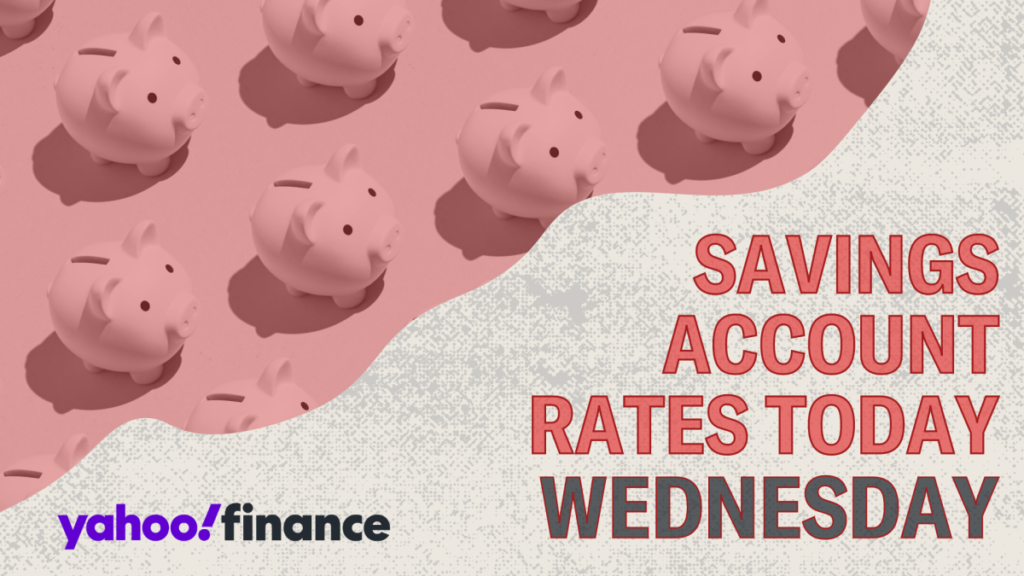In September 2024, the Federal Reserve cut the federal funds rate, which has implications for deposit rates, including those offered by savings accounts. As a result, deposit rates are beginning to decline, emphasizing the importance of earning the highest interest possible on savings. High-yield savings accounts are emerging as an attractive solution, offering interest rates significantly higher than traditional savings accounts—up to 5% Annual Percentage Yield (APY) or more. This trend increases the urgency for consumers to find banks that provide the best savings interest rates and take advantage of the optimal offers available.
Currently, the typical savings account yields just 0.46%, a stark contrast to high-yield accounts. Presently, some banks are offering rates as high as 5.25% APY, highlighted by Openbank’s offer, requiring a minimum opening deposit of $500. With these competitive offers in the market, consumers are encouraged to explore various banking partners to secure the most favorable rates. The distinction between traditional and high-yield savings accounts underscores the need for consumers to prioritize where they park their cash, especially during this interest rate transition.
The relationship between savings account rates and the federal funds rate plays a critical role in the interest landscape. When the Federal Reserve adjusts its target interest rate, there is a corresponding impact on deposit account rates. Following a patterns of rate hikes due to rampant inflation, the Fed’s recent decision to lower the federal funds rate indicates that savings account rates may also trend downward. This illuminates the importance of locking in high savings rates now, as they may be harder to find in the near future, making the case for immediate action on the part of savers.
When assessing whether to place money in a savings account, several factors warrant consideration. An essential element is the interest rate, which influences the growth potential of savings over time. Given the possibility of further drops in savings rates, capitalizing on high-yield accounts is a strategic consideration. Nevertheless, individuals should also reflect on their financial goals: while current rates are attractive, they still fall short of stock market average returns. For long-term aspirations such as retirement, higher-risk investments might yield better outcomes. However, for shorter-term objectives or emergency savings, high-yield accounts are a practical option that balances security and accessibility.
Another critical factor is the accessibility of funds. While there are investment opportunities boasting higher returns than savings accounts, accessing those funds may pose challenges, particularly with instruments like certificates of deposit (CDs) that could incur early withdrawal penalties. High-yield savings accounts generally allow more fluid access to cash, presenting an ideal solution for those who require flexibility with their funds. Given these considerations, the high-yield savings account provides a viable alternative for those seeking to maintain access while still achieving better returns than a traditional savings account.
Ultimately, the security of funds is another important consideration as most savings accounts are insured by the Federal Deposit Insurance Corporation (FDIC) up to the federal limit, safeguarding deposits against potential losses due to market fluctuations. This security feature, combined with competitive interest rates offered by high-yield savings accounts, positions these accounts as a low-risk, accessible option for individuals looking to maximize their savings while retaining peace of mind. As consumers navigate the current financial landscape, enhanced savings opportunities present an advantageous pathway to grow their savings safely and effectively.

